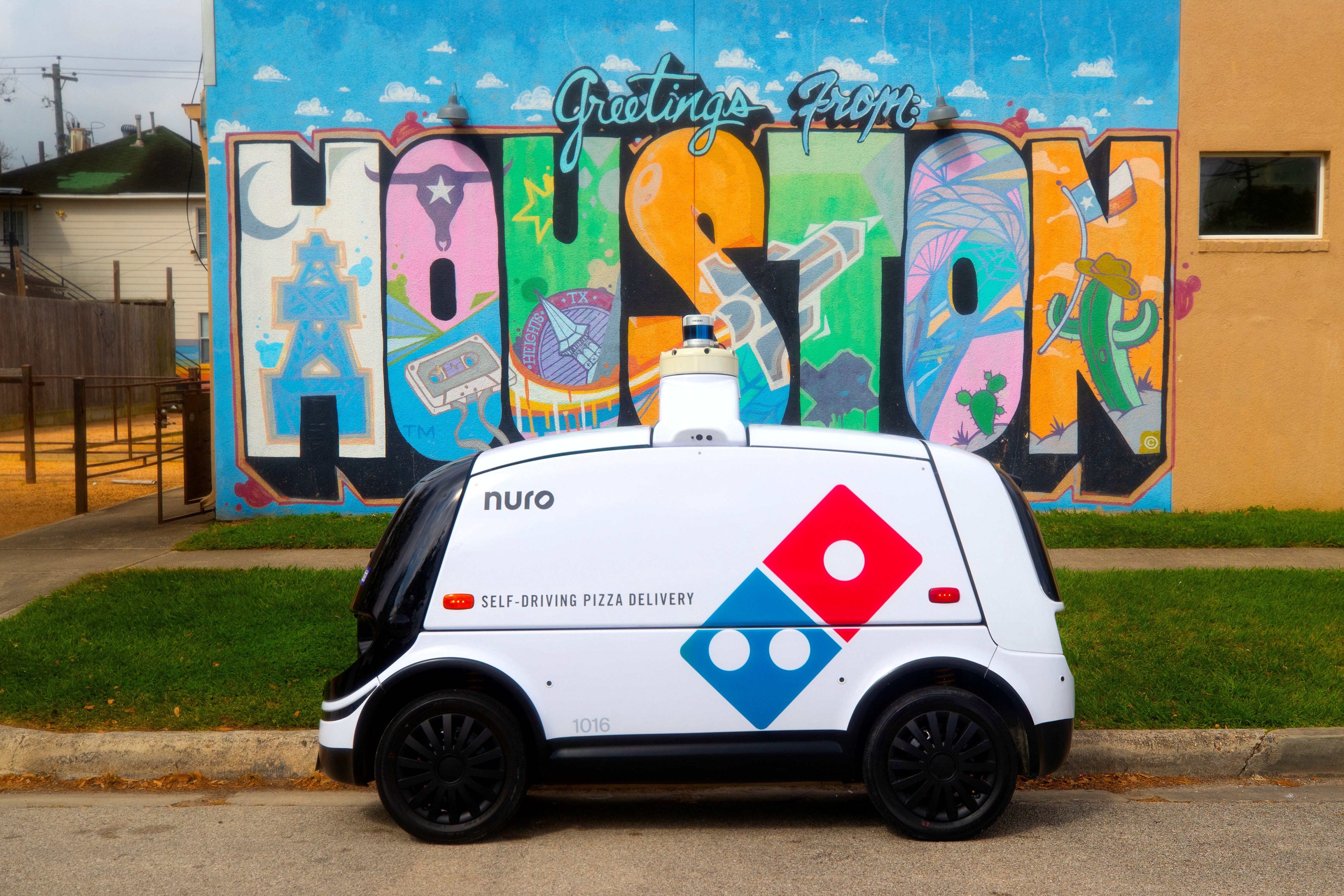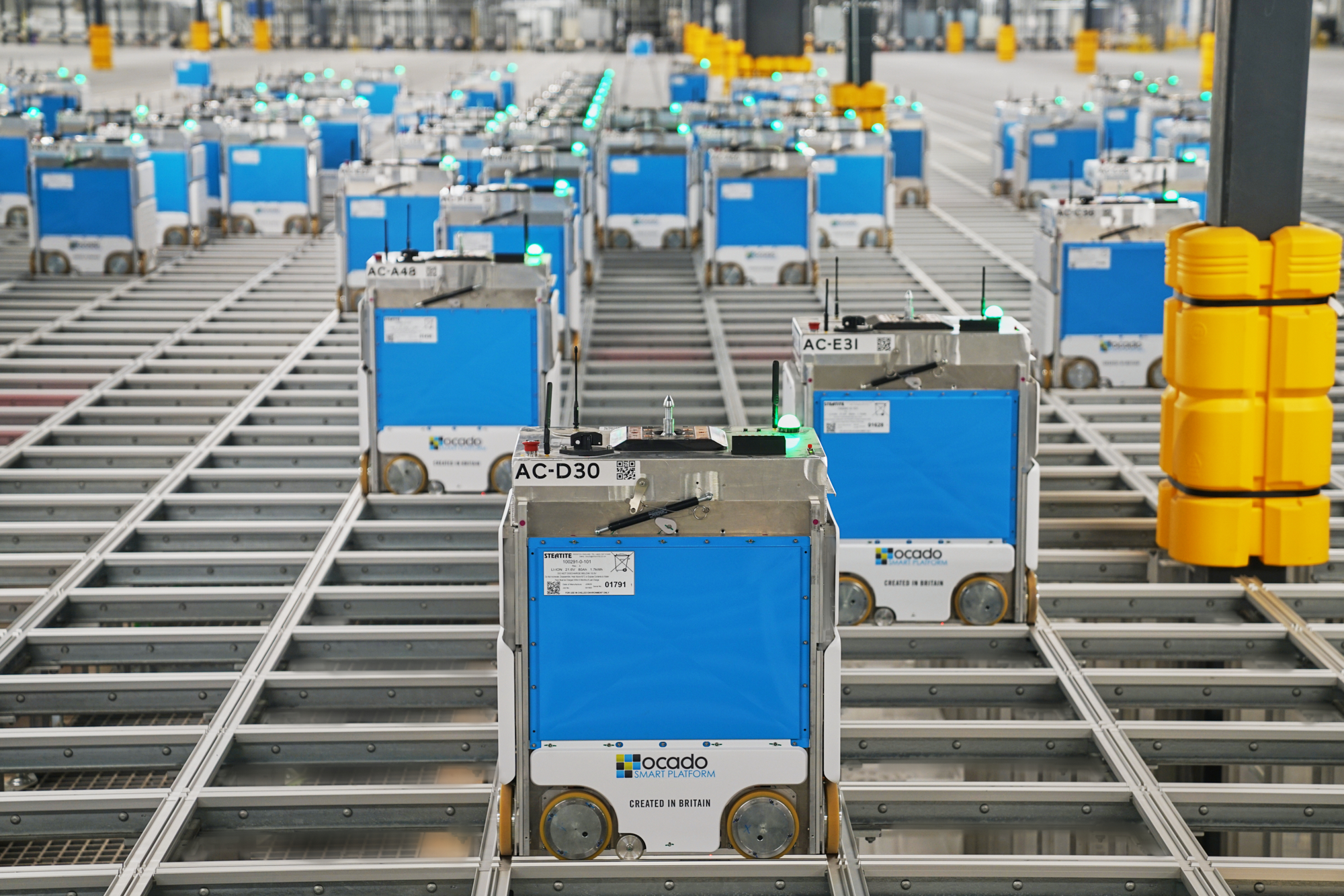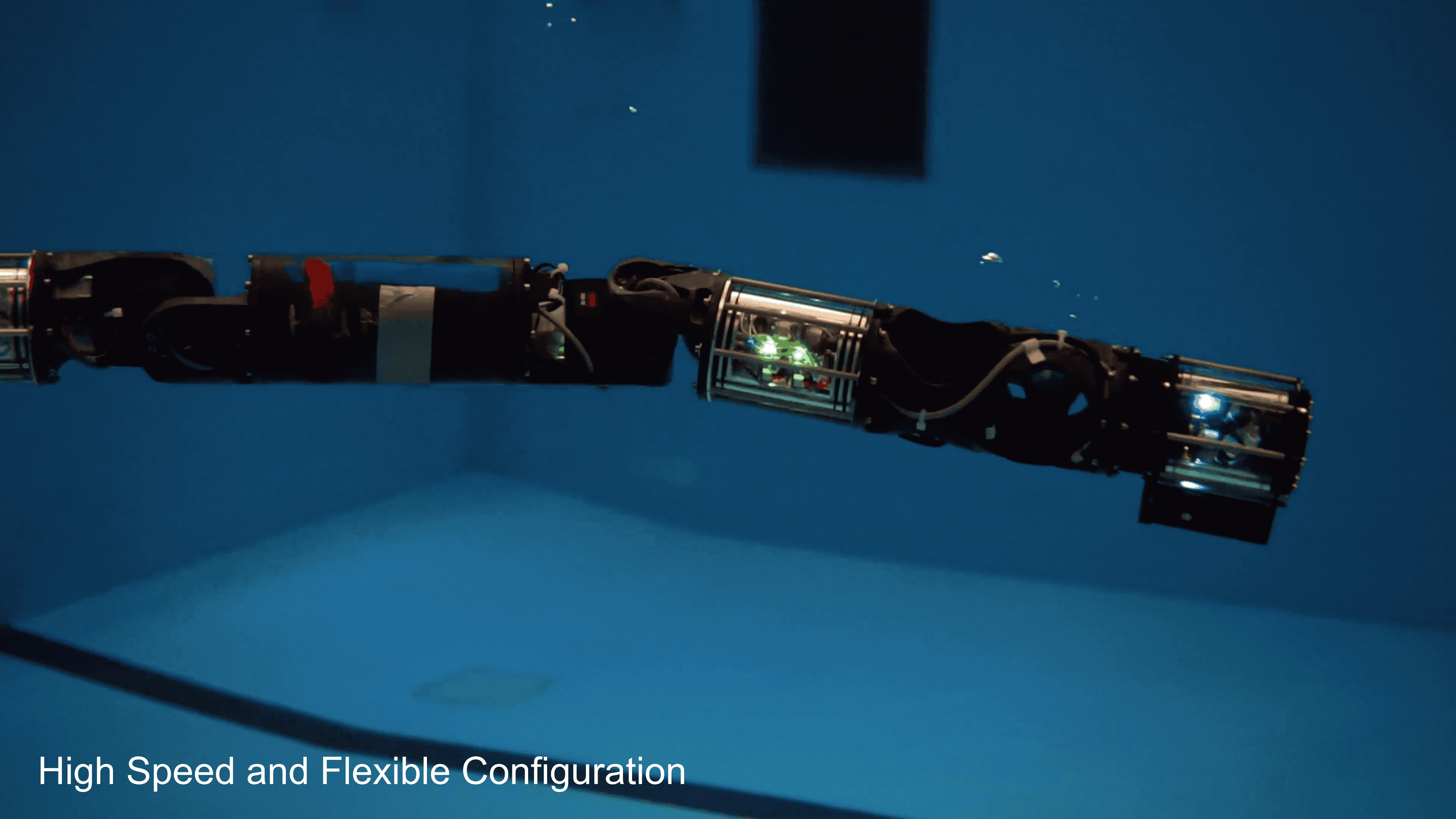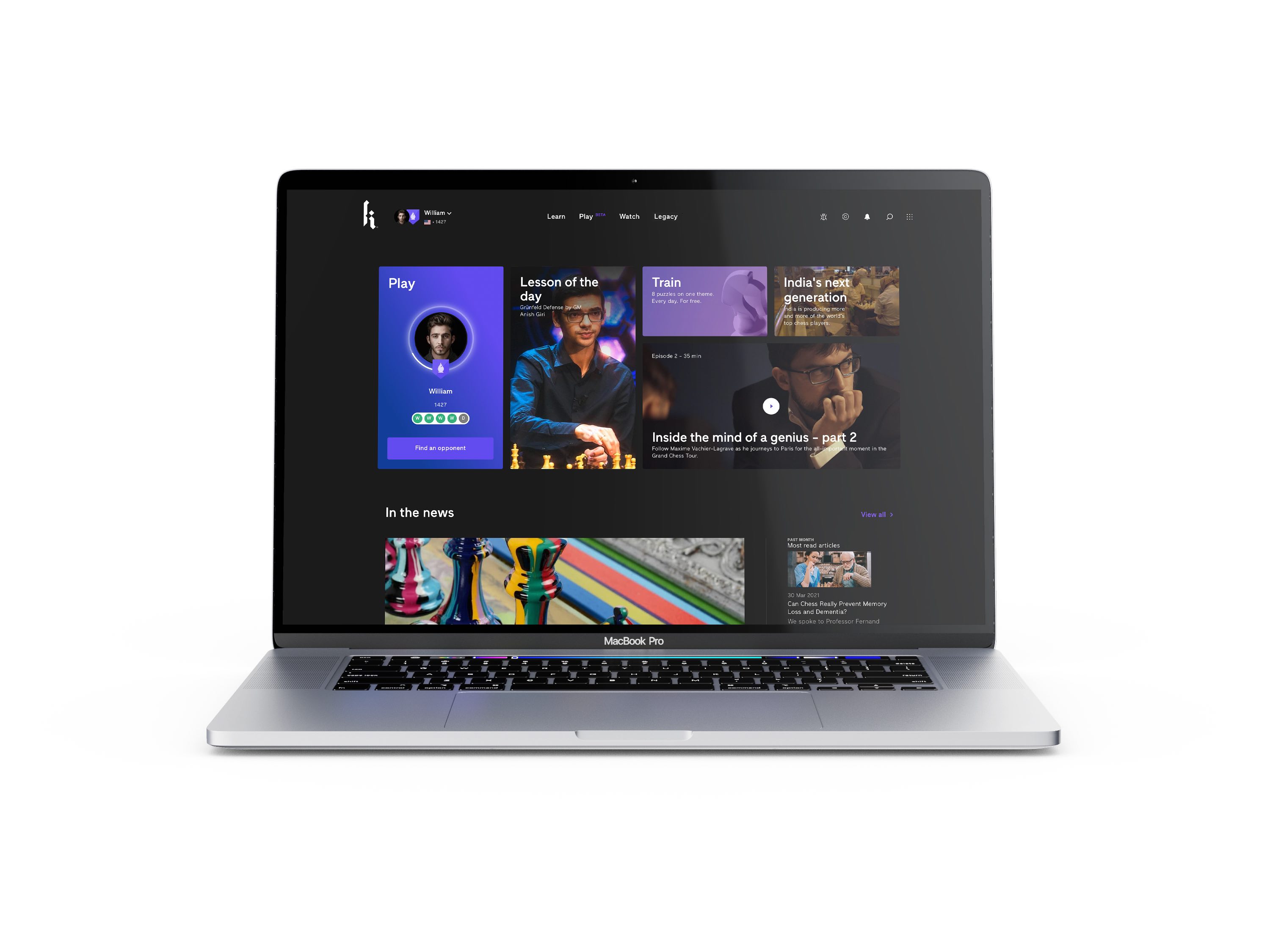Olist, a Brazilian e-commerce marketplace integrator, has raised $23 million in a Series D round extension led by new investor Goldman Sachs Asset Management that brings its total Series D financing to $80 million.
Existing backer Redpoint Ventures, which first put money in Olist in 2015, also participated in the latest round. With this latest infusion, Olist has now raised over $126 million since its 2015 inception. This round is reportedly its last before the company plans to go public, according to Bloomberg.
SoftBank led the first tranch of Olist’s Series D in November as well as the company’s $46 million Series C in 2019. Valor Capital, Velt Partners, FJ Labs, Península and angel Kevin Efrusy had previously invested in the first tranche of the Series D.
Olist connects small businesses to larger product marketplaces to help entrepreneurs sell their products to a larger customer base. The company was founded with the mission of helping small merchants gain market share across the country through a SaaS licensing model to small brick and mortar businesses.
As of October 2019, Olist had more than 7,000 customers and used a drop-shipping model to send products directly from stores to clients around the country, allowing them to grow with a capital-light model.
Today, Olist says its platform provides tools that support “all the stages of an e-commerce operation” with the goal of helping merchants see “rapid increases in sales volume.” It currently has about 25,000 merchants on its platform.
The startup is no doubt benefiting from the pandemic-fueled e-commerce boom taking place all over the world as more people have turned to online shopping. Latin America, in general, has been home to increased e-commerce adoption.
Olist says its revenue tripled to a record number in the first quarter of 2021 compared to the previous year, although it did not provide hard figures. It also reportedly doubled revenue in 2020, according to Bloomberg.
Olist Store, the company’s flagship product, gives merchants a way to manage product listings, logistics and store payments. It also offers “a unique sales experience” through channels such as Mercado Livre, B2W and Via Varejo. The product saw a record GMV in the first half of the year, which was up 2.5 times over the same period in the prior year, the company said.
Last year, Olist launched a new product, Olist Shops, giving users the ability to create a virtual showcase “in less than 3 minutes” that also offers payment checkout tools and integration with logistics operators. Shops has interfaces in Portuguese, English, and Spanish, and since its launch, it has attracted more than 200,000 users in 180 countries, according to Olist.
“The pandemic has accelerated digitalizing business processes around the world, thus spurring e-commerce growth in a surprising way,” said Tiago Dalvi, Olist’s founder and CEO, in a written statement.
The company plans to use its new capital to invest in technology and products, pursuing new mergers and acquisitions and boosting its internationalization process. This is on top of two acquisitions Olist made last year — Clickspace and Pax Logistica, which gave Olist entry into the heated logistics space with more than 4,000 registered drivers.
Specifically, CFO Eduardo Ferraz said the company is in preliminary discussions with ERPs, retailers, and companies with complementary solutions to its own.
“That is why we also decided to expand the investment in our Series D and bring Goldman Sachs as another relevant investor to our cap table,” he said.
David Castelblanco, managing director and head of Latin America Corporate and Growth Equity Investing for the Goldman Sachs Asset Management, said his firm was impressed with how Olist empowers SMBs to generate more revenue.
“Tiago and the Olist team are incredibly customer oriented and have created an innovative technological solution for their e-commerce clients,” he added.
Olist is operating in an increasingly crowded space. In March, we covered São Paulo-based Nuvemshop’s $90 million raise that was led by Silicon Valley venture firm Accel. That company has developed an e-commerce platform that aims to allow SMBs and merchants to connect more directly with their consumers.










